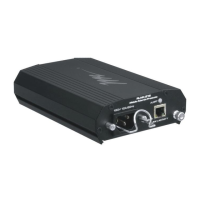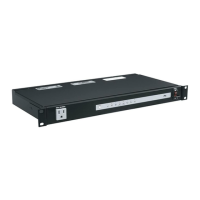What to do if Middle Atlantic Products Measuring Instruments device is not receiving power?
- JJim BrownAug 4, 2025
If your RackLink device isn't getting power, first check the power cable and make sure the unit's circuit breaker is in the on position. As an additional step, plug another device into the same receptacle to verify if the outlet is providing power.





